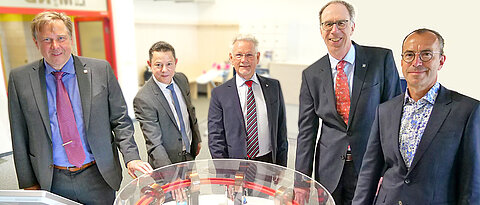
More young talent in STEM subjects: That is the aim of a new co-operation between the Wittenstein Foundation and the University of Würzburg. The foundation is making around one million euros available for this purpose.
more
More young talent in STEM subjects: That is the aim of a new co-operation between the Wittenstein Foundation and the University of Würzburg. The foundation is making around one million euros available for this purpose.
more
Harald zur Hausen, Nobel Laureate in Medicine and alumnus of the University of Würzburg, passed away on Sunday, 28 May 2023, at the age of 87. He conducted research in Würzburg from 1969 to 1972.
more
Researchers from Rostock, Aachen and Würzburg have developed a new method that simulates the decomposition processes of drugs in just 15 minutes. This could significantly speed up the authorisation process.
more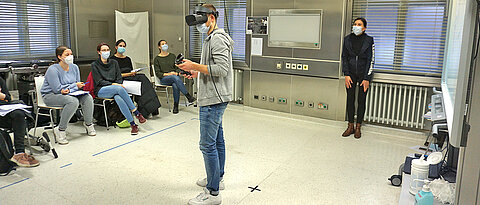
A simulation training programme allows medical students at the University of Würzburg to practise treating medical emergencies in virtual reality. A recently published study confirms the success of the programme.
more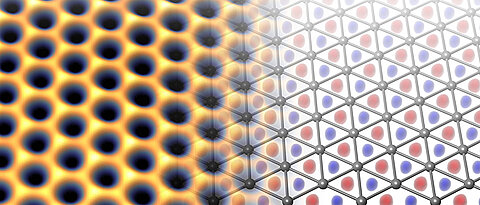
The Collaborative Research Centre ToCoTronics in condensed matter physics will be extended for four more years. The German Research Foundation is funding it with 12 million euros.
more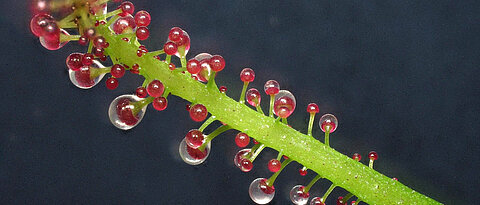
Under certain circumstances, a rare tropical plant develops into a carnivore. A research team from the universities of Hannover and Würzburg has now deciphered the mechanism responsible for this.
more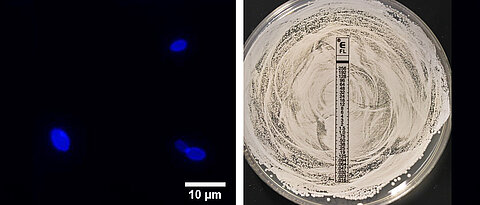
The number of infections with the fungus Candida auris is also increasing in Germany. This is shown in a new study by research teams from Würzburg, Jena and Berlin. Despite low numbers, scientists advise precautionary measures.
more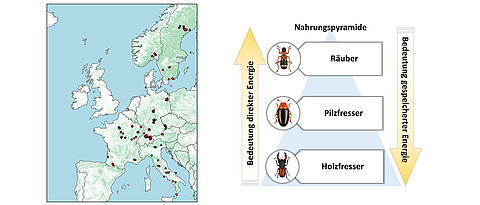
Which energy type promotes the biodiversity of beetles living in dead wood in the forest? That depends entirely on where the beetles are in the food chain.
more
Increasing heat and drought are changing forests faster than expected. Researchers at the University of Würzburg want to keep a better eye on these dynamics. They have raised 1.2 million euros for their project.
more
Alumnus Dr Matthias Kullas studied economics at the University of Würzburg and also completed his doctorate in this field. Today, his job is to improve European directives and regulations.
more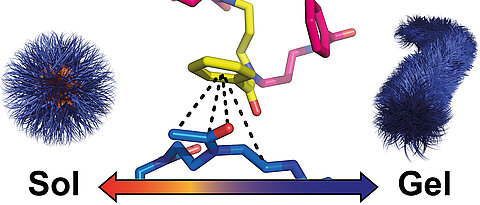
A previously unknown form of hydrogel formation has been elucidated: chemists found unusual interactions between polymers.
more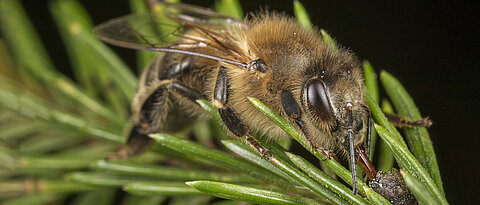
What role do forests play as a feeding habitat for honeybees? A team led by Würzburg biologist Dr. Benjamin Rutschmann investigated this question. For this purpose, the researchers used observation hives inside the Steigerwald.
more
Some materials convert photons into more free charges than would be expected. Using an ultrafast film, researchers have now been able to get a picture of this process. Physicists from the University of Würzburg were also involved.
more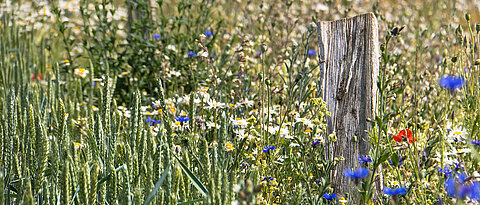
Can flower strips combined with hedges improve biodiversity in intensively used agricultural areas? This is what a team from the University of Würzburg is investigating with project partners from four EU countries.
more
The University of Würzburg has acquired a campus license from the online image database "Colourbox". Members of the university can download up to 30 photos and illustrations per month.
more